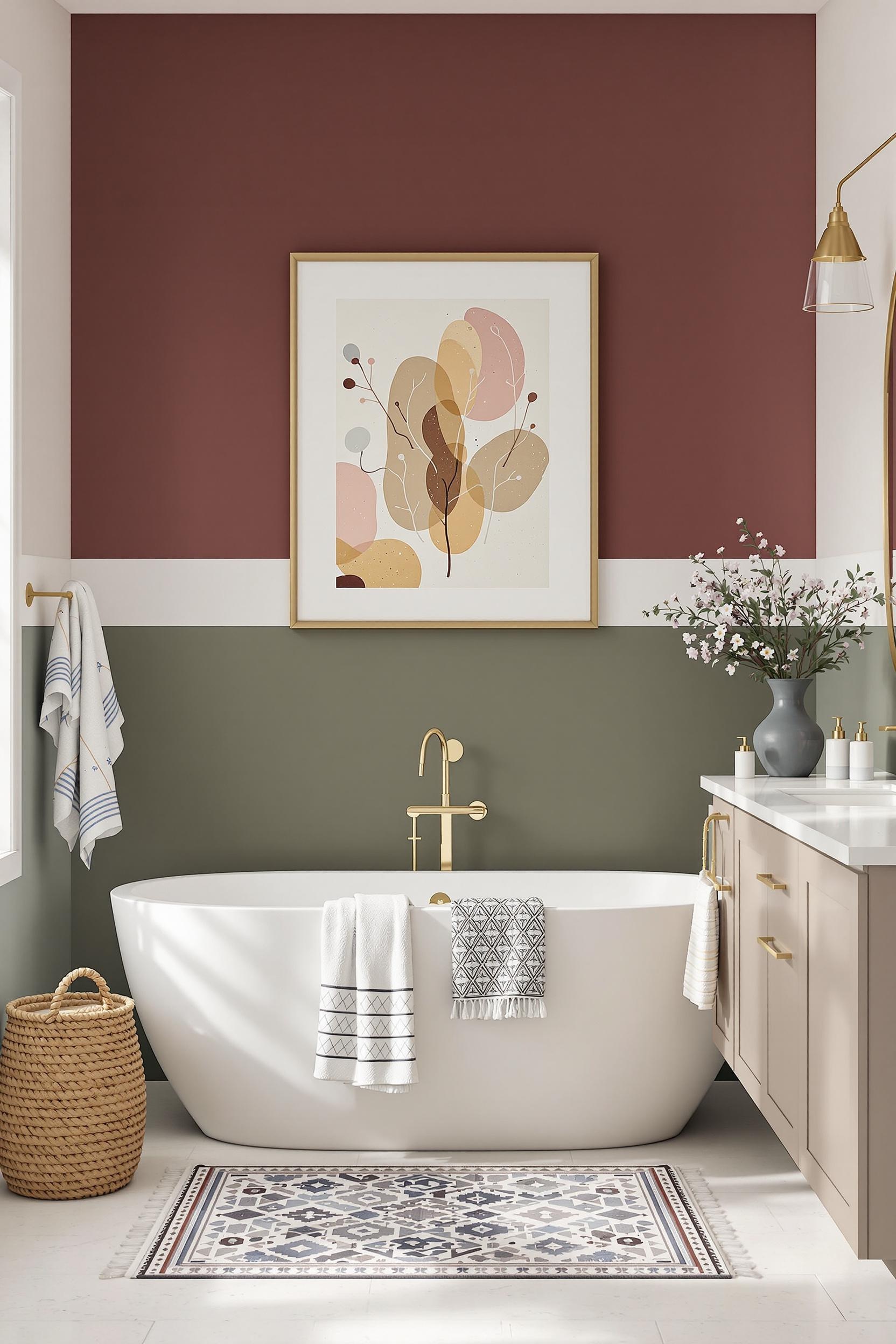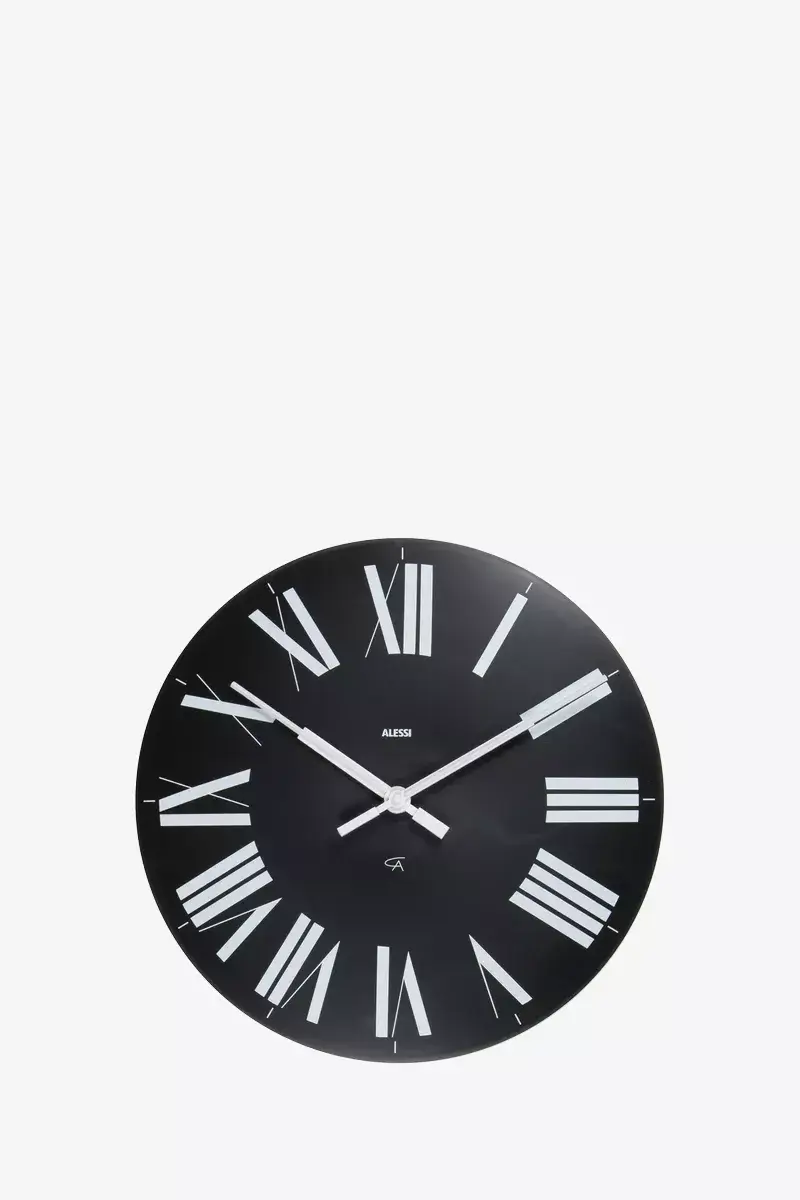
Color Blocking Room Dividers: Transform Your Home with Bold, Minimalist Style
Need a smart solution to define your open-concept space? Color blocking room dividers are your secret weapon. They blend functionality, minimalist color schemes, and bold design to deliver results you can feel and see.
Whether you’re working with a small apartment, modern loft, or a multipurpose space, color blocked dividers let you split up rooms, tell a visual story, and express your creative flair—all without building a single wall. Today, I’ll guide you through techniques, geometric strategies, and DIY methods to create stunning, modern space divider ideas using color blocking.
Why Use Color Blocking for Room Dividers?
Color blocking interior design is the practice of using bold, contrasting color areas to shape a space. It’s more than aesthetics; it helps define zones mentally and emotionally. For people who want visual boundaries without physical walls, this method works beautifully.
In minimalist homes, color blocking enhances clarity and intention. It uses just a few impactful colors layered over neutral foundations, offering depth while keeping spaces airy. It’s ideal for small space layouts where every visual cue matters.
Geometric Color Block Room Divider Ideas
Geometric color blocking lets you introduce modern lines into your interior while dividing space naturally. I love to use rectangles or triangles to create a half-wall illusion—great for play areas, reading corners, or home offices.
Strategically placed shapes not only separate rooms, but also draw attention to focal points. Picture a cobalt-blue diagonal block cutting across a white folding screen. That’s spatial design meets artistic flair. Try placing deep purple with blush pink or mustard yellow against emerald green for a chic contrast.
Material Matters: What Color Block Room Dividers Are Made Of
Color block wall dividers come in different forms: painted wooden panels, folding screens, framed textiles, or frosted acrylic. My favorite materials include:
- Frosted glass with geometric overlays
- Powder-coated metal panels
- Lightweight plywood or MDF for wall-mount options
- Canvas screens with hand-painted color zones
Recently, I worked on a loft with custom-made architectural dividers using recycled aluminum that had embedded color shifts depending on light. These sustainable, stylish solutions offer modern homeowners versatility—with the bonus of mobility.
Texture and Transparency: Advanced Color Blocking Techniques
Adding texture to your room divider can boost dimension. Think perforated metal with layered colors or laser-cut wooden panels painted in tonally similar hues. This allows color blocking to feel soft and subtle rather than overwhelming.
Curtains and woven screens can achieve portable room separation without commitment. Use grommet curtains in separated color panels—like navy, white, and gold—hung from floor-to-ceiling rods to divide spaces in style. Don’t overlook how light interacts here—translucent panels keep the space feeling open.
Customize with DIY Color Block Room Dividers
Creating a DIY room divider is both exciting and empowering. For this project, all you need is canvas, tape, quality paints, ruler-level tools, and creativity. I walk clients through designing paint zones with clean shapes.
Choose two or three complementary colors based on your space’s light and furnishings. I often go with matte emerald green, soft blush, and charcoal when working with contemporary interiors.
Measure and mark your lines with precision. Use painter’s tape to keep edges crisp. Then layer your colors with rollers or wide brushes. Once done, mount panels onto standing frames or connect with hinges. Voilà—your very own geometric room divider!
Smart Zoning for Modern, Multifunctional Living
Interior color zoning lets you carve out specific zones—without permanent construction. This is perfect for studio apartments or large, open living-dining areas. Add a color block behind your desk to define a home office nook or place a vibrant divider behind your couch to mark the living area.
In multipurpose spaces, color block dividers work wonders. Mark a bright red zone for play areas, a muted blue for reading, and a jade green section for yoga. When layered over neutral floors and existing furniture, these colors pop without overwhelming.
Transformative Techniques: From Concept to Reality
Want to go further? Explore bold geometric color blocking secrets that optimize layout. Or dive into vibrant divider inspiration to design unique features that blend form and function. The key is balance—no need to crowd the ceiling or floor with too many details.
Sustainable, Adaptable Room Dividers
Today’s minimalist furnishing values sustainability. Color block solutions using recycled wood, acrylic, and fabric are ideal choices. Look for modular sections that let you adjust or expand over time. This approach to functional color-blocked separation supports both the planet and your evolving style.
Using reusable or movable dividers especially helps in rental homes or redesigns. Bonus: You can repaint or shift the panels when you change furniture or wall color!
Transform Your Space: Design Your Dream Color-Blocked Home Today!
Color blocking isn’t just art—it’s a language of space. It rewrites your interior flow, subtly guiding how people move through your home.
Unlock Your Design Potential: Personalized Color Blocking Strategies
Start with reviewing where your living space needs structure. Look at light, traffic flow, and furniture layout. Then head to my post on minimalist techniques that show how two or three bold colors can set the mood and function of a space.
Free Color Blocking Design Assessment
Want tailored help? Try our Architectural Color Blocking assessment to:
- Spot ideal zones for divider placement
- Get custom color pairings based on your lighting and square footage
- Access DIY and professional strategy suggestions
Join Our Interior Design Community!
Need more guidance? Join our newsletter to get:
- Real design case studies
- Paint and layout inspiration
- Early invites to color blocking workshops
Color Blocking Room Dividers: Frequently Asked Questions (FAQs)
1. How Can Color Blocking Room Dividers Work in Small Apartments?
Color blocking is perfect for small spaces. Use bold colors and sharp geometries like triangles or contrasting vertical blocks. This lets you show boundaries without closing the space completely.
2. What Materials Are Best for DIY Dividers?
Try canvas, frosted acrylic, or lightweight wood. Keep it mobile. Use painter’s tape, good brushes, and attention to detail. Choose colors that reflect your current scheme or introduce contrast.
3. How Do Color Block Techniques Define Spaces?
Color zoning works through psychology. Distinct areas feel purposeful because of color contrast. Our eyes naturally respond to color borders, marking invisible rooms without using drywall.
4. Are These Dividers Sustainable?
Yes! Eco-friendly materials like modular aluminum, canvas, mesh, and responsibly sourced wood deliver both style and function while reducing carbon footprint.
5. What Color Combos Work Best for Minimalist Homes?
Modern minimalist palettes shine with 2–3 colors. Try deep teal with warm gray, lemon with slate blue, or sage green with terracotta for serene balance. Don’t overdo it—simplicity wins.
Final Thoughts
Using color blocking room dividers gives you control, beauty, and purpose in every corner of your home. You can define rooms, add personality, and increase functionality—all with paint, panels, and intention. With the proper materials and color strategy, minimalist dividers can become the centerpiece of your design story.
Your next step? Start small. Try one divider. Then add textures or light-based panels. Sign up below and I’ll help you transform bold ideas into real spaces that inspire.






